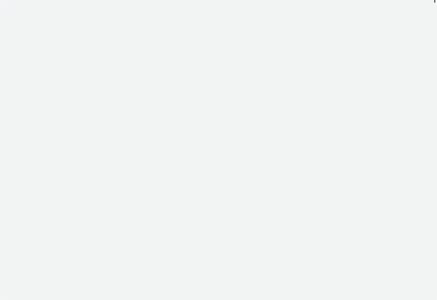
10. THE FORMAT
Photo not taken.
Printing a photograph in one format instead of another means […] to add something to this image, that is, it is not indifferent whether a photograph is printed very small or medium or very large; the reasons why the photographer chooses this format are often very personal reasons, I have always loved the 30×40 formats, a little hail as a basic format; I have instead seen that the most sophisticated American photographers use small formats that usually range from 13×18 to 18×24. The old photographers, because they printed their contact plates, at most had formats, let’s say I think 24×30 or 18×24 and the young photographers who work with small format cameras I think they don’t want to enlarge their photos too much so as not to emphasize them and also in order not to lose compactness to the matter and therefore to avoid the grain and all that the grain entails of play or make-up, decorative, etc. So I thought of an image that could give a little idea of what this format is; the most basic thing would be to take a head, start with a passport photo and enlarge it up to 50×60, but that would be trivial. I don’t know why, after all, from a trivial idea you can arrive at a result that is not at all trivial, but I wanted the format to be the protagonist, not the photography; that is, in this case the head would have been the protagonist of the operation, instead I wanted it to be clearly the format; that is, in this way I thought of taking the photograph of one of these modern buildings which are like beehives where the windows are next to each other divided by a slight concrete box and there is no architectural variation between one element and the ‘other: they are real multiples, the multiple of a window; between a window and the whole building, only the format changes, i.e. the building is the result of the format of this window multiplied by 100, 200, 1000 times according to the floors, the size of the building. So I began to enlarge the photograph of this house to the maximum format, i.e. to 50×60, making sure that one could not see where the house started or where the house ended, or the two sides, that is, one could only see windows and that’s it, like a wall of windows, in short, so that one could think that this format could continue indefinitely. Then, without ever lowering the enlarger, i.e. always keeping the image in the same size, I began to put the smallest papers that are on the market, 40×50, 30×40, 24×30, 18×24, 13×18 , postcard format, passport format, and what changes is only the number of windows, but there is one element that is always constant, which is the constructive module of the image, i.e. the window: that is, the only thing that changes is the format; I don’t know if this is a very clear operation and I don’t see to what extent, but when I was presented with the image I really liked it, especially I liked the idea of putting these photographs attached to each other to scale , form this strange object.
[…] Then above all another thing, it may be that the format has its own meaning precisely in this, that the quantity at a certain point becomes quality; I think this is a well-known rule of Marxist theory by now, i.e. the so-called qualitative leap: that is, two workers are something very different from 100,000 workers, they are always workers, one by one they are worth the same, however, put together, they become another something not only because they acquire physical strength, because they also acquire experience, that is, I mean, this is what format can be, this increase in quantity which, at a certain point, can lead to the famous leap in quality. All right, let’s say, the thing doesn’t change, however it is one thing to have 10 rooms available and another thing to have 10,000 available, even if the windows are all the same.
Ugo Mulas. Images and texts, edited by Arturo Carlo Quintavalle, University of Parma, Parma 1973